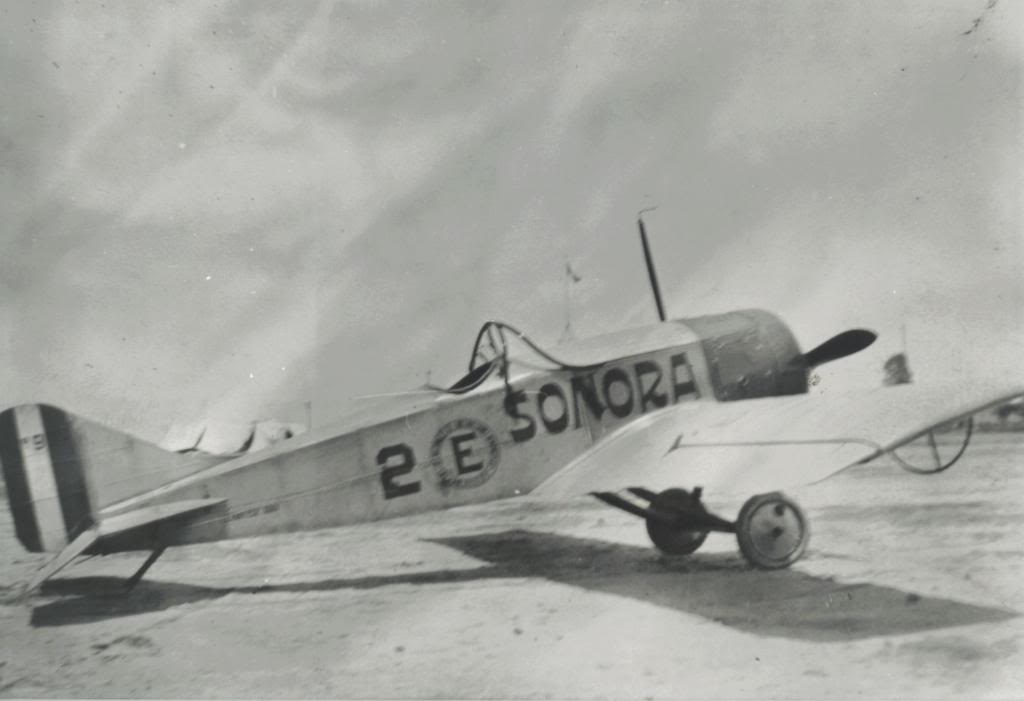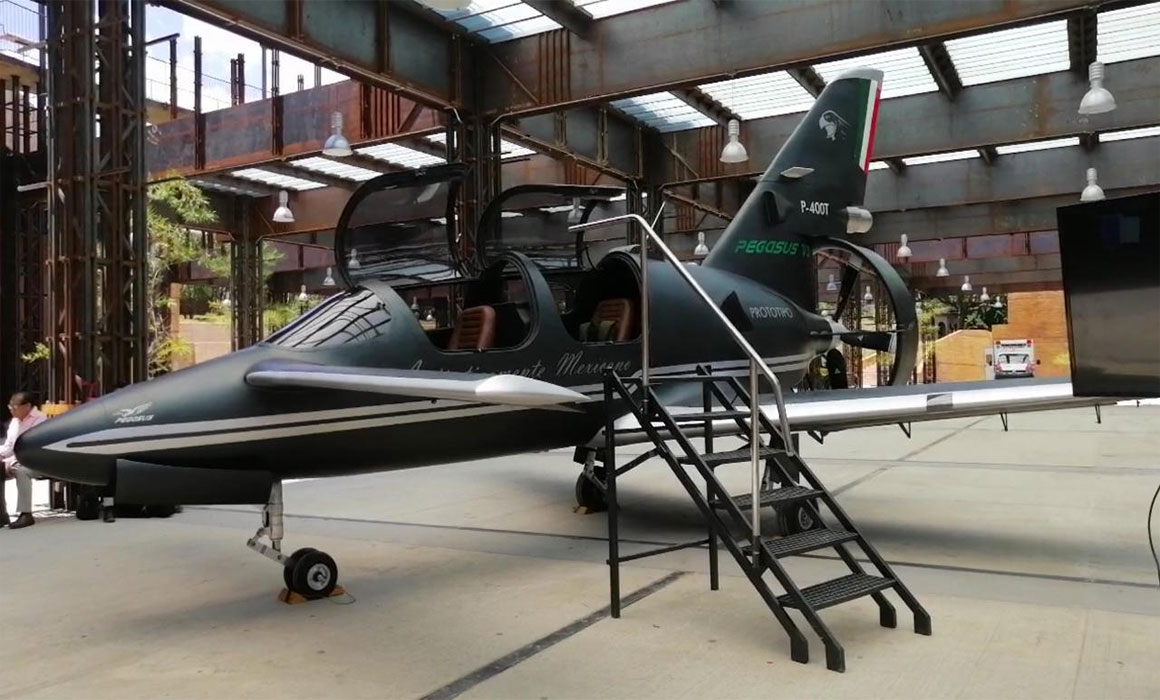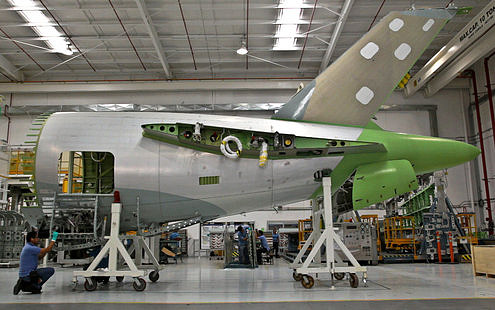e.31 Colibri
Designed in 1945, and built by, the H. Goberna factory at Alto Alberdi, Cordoba as a civil light plane and aerobatics plane. Three were purchased by the National Aeronautics School in 1946.
Dimensions: span 10.3m; length 7.95m; wing area 16 sq m
Structure: steel-framed fuselage with light alloy forward fuselage covering with plywood aft of the firewall, light alloy used for tail and tailplane construction with fabric covering. Rudder and elevators wood framed with fabric covering. Low position wooden wing with plywood covering and wood framed ailerons with fabric covering. Fixed main undercarriage with oil-pneumatic shock absorbers and hydraulic brakes and a non-retractable tail wheel.
Weights: empty 635kg; gross weight 916kg
Powerplant: one 155hp Blackburn Cirrus Major with a de Havilland two-blade variable-pitch propeller
Performance: max speed 150mph; endurance 1hr 50mins and service ceiling 21,300ft
Capacity: pupil and instructor seated in tandem in an enclosed cockpit
Equipment: dual controls and full navigation equipment including a radio receiver/transmitter
I.Ae. 32 Chingolo

Designed in 1946 and very similar to the I.Ae.31, but with a high back fuselage, the prototype was built the same year at the Mario Vicente workshops in Córdoba.
Dimensions: span 10.70m; length 8.12m; height 2.18m; wing area 16.50 sq m
Structure: steel-framed fuselage with light alloy covered forward fuselage and fabric covering aft, light alloy used for tail and tailplane construction with fabric covering. Rudder and elevators wood framed with fabric covering. Low position wooden wing with plywood covering and wood framed ailerons with fabric covering. Fixed main undercarriage with oil-pneumatic shock absorbers and hydraulic brakes and a non-retractable tail wheel.
Weights: empty 750kg; gross weight 981kg; payload 231kg; wing loading 9.45kg/m2
Powerplant: one 155hp Blackburn Cirrus Major with a de Havilland two-blade variable-pitch propeller
Performance: max speed 230km/h (142mph); endurance 1hr 40mins and service ceiling 5180m (16,995ft)
Capacity: pupil and instructor seated in tandem in an enclosed cockpit
Equipment: dual controls and full navigation equipment including a radio receiver/transmitter.
I.Ae 24 Calquin (Golden Eagle)
Designed 1942 as a fast light bomber, might use Merlin or comparable inline engines as I.Ae 28. First flight June 5 1943. In July 1943, 144 were ordered but with the success of the I.Ae.28 these orders were cut to just 72. Deliveries began in January 1944.
Dimensions: span 16.3m; length 12m; height 3.4m; wing area 38 sq m; wing loading 189kg/ sq m; power loading 3.42kg/hp
Structure: wooden monocoque fuselage plywood covering developed by Instituto Aerotechico and Entel. The fuselage is constructed as two separate halves which are subsequently joined together. Wooden tail and tailplane construction with plywood covering (the plywood is entirely produced by the Instituto Aerotécnico). Rudder and elevators wooden framed with fabric covering. Mid position wing with two wooden carry-through spars and stringers wooden framed ailerons with fabric covering, wooden slotted flaps and two landing flaps. Retractable main undercarriage with hydraulic brakes and twin oil-air shock absorbers on each leg and a retractable tail wheel.
Weights: empty 5,340kg; max weight 8,164kg and payload 1860kg
Powerplant: 1200hp Ripon R-1200-010A supercharged radial engines with Hamilton Standard Hydromatic 23-E-50 propellers
Performance: max speed 273mph; cruising speed 236mph; range 708 miles; rate of climb 2,460ft/min and service ceiling 32,800ft
Capacity: pilot and navigator/ bomb-aimer seated side-by-side in an enclosed cockpit with ventral door
Armament: Four 13mm Browning HMG (capability to be replaced by 20mm cannon) in lower nose, bomb bay for 800kg bombload and 12x 75mm rockets underwing
Equipment: full controls and navigation equipment including a radio receiver/transmitter, HF/DF set, naval co-operation beacon and Sperry autopilot, two cameras can be fitted in cabin floor, one flare chute, two rescue dinghies and mechanical bombsight










































































